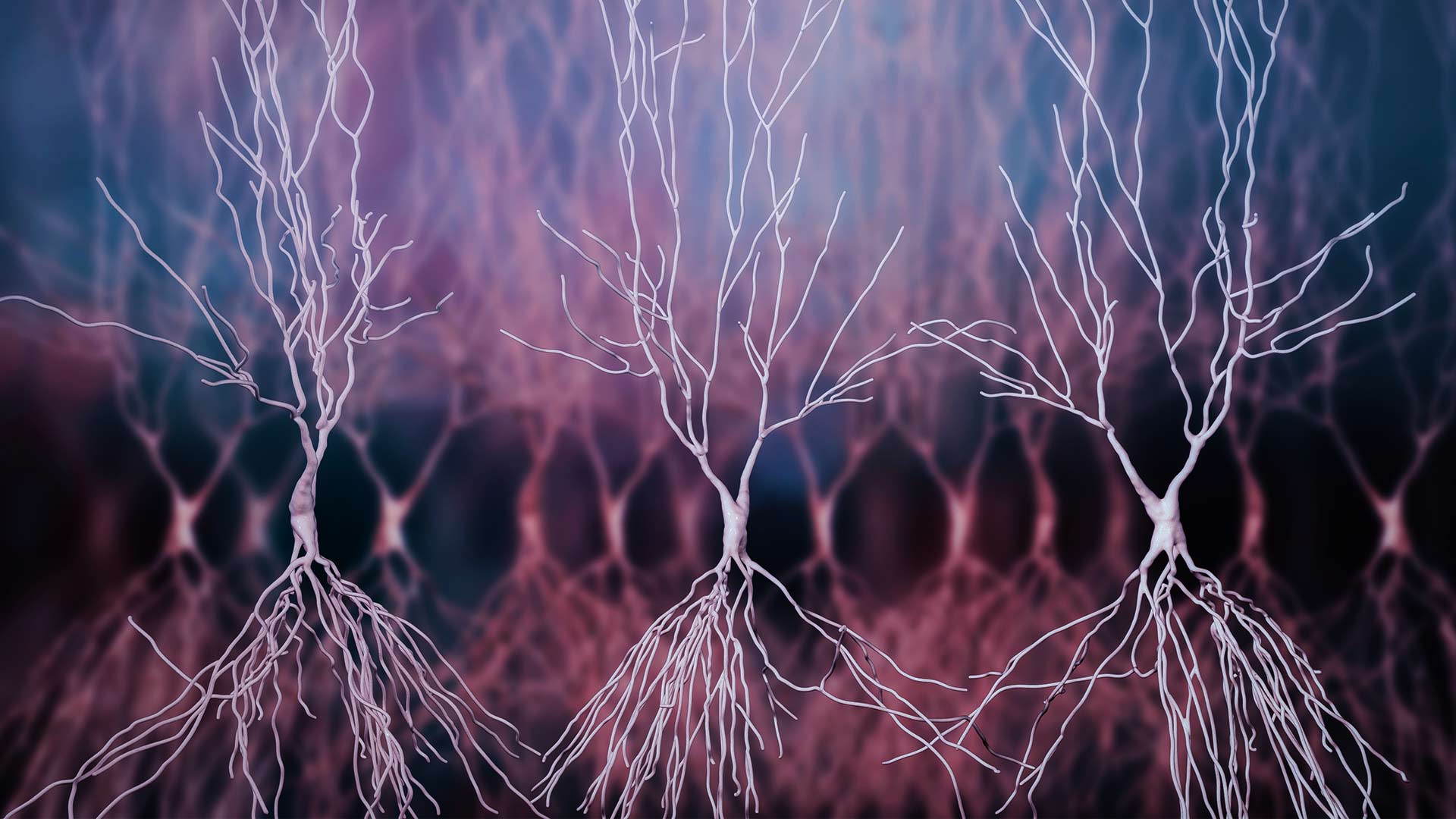DeepMind’s New Research on Linking Memories, and How It Applies to AI

There’s a cognitive quirk humans have that seems deceptively elementary. For example: every morning, you see a man in his 30s walking a boisterous collie. Then one day, a white-haired lady with striking resemblance comes down the street with the same dog.
Subconsciously we immediately make a series of deductions: the man and woman might be from the same household. The lady may be the man’s mother, or some other close relative. Perhaps she’s taking over his role because he’s sick, or busy.
We weave an intricate story of those strangers, pulling material from our memories to make it coherent. This ability—to link one past memory with another—is nothing but pure genius, and scientists don’t yet understand how we do it. It’s not just an academic curiosity: our ability to integrate multiple memories is the first cognitive step that lets us gain new insight into experiences, and generalize patterns across those encounters.
Without this step, we’d forever live in a disjointed world. It’s a cognitive superpower. And DeepMind wants it to power AI.
This week, in collaboration with an international team of neuroscientists from the UK and Germany, DeepMind forayed into the messy world of biological wetware. Using state-of-the-art fMRI, which measures blood flow to different brain regions, the team teased out a neural circuit responsible for linking together memories in humans.
Source: singularityhub.com